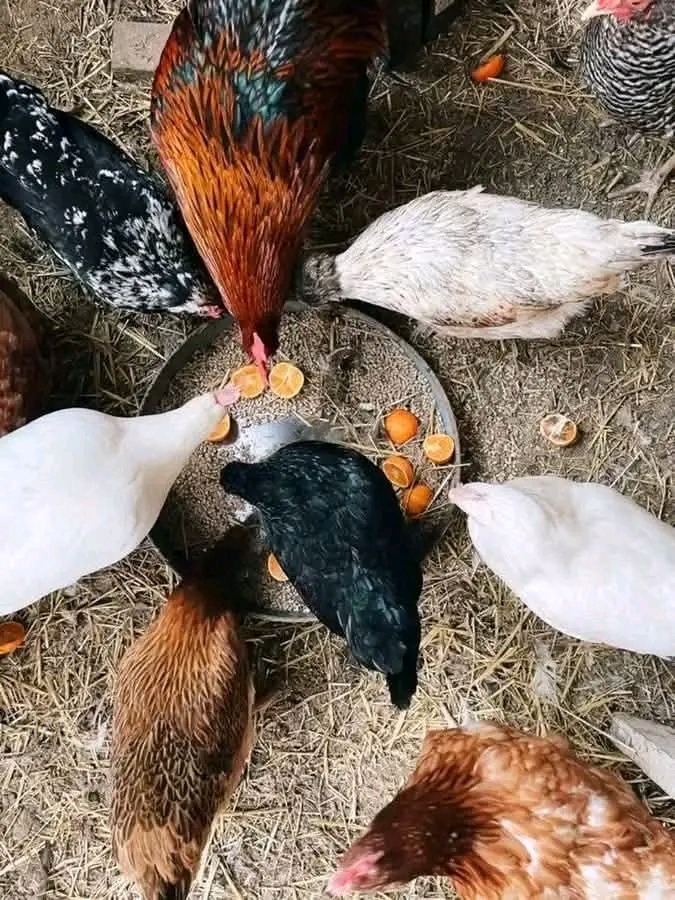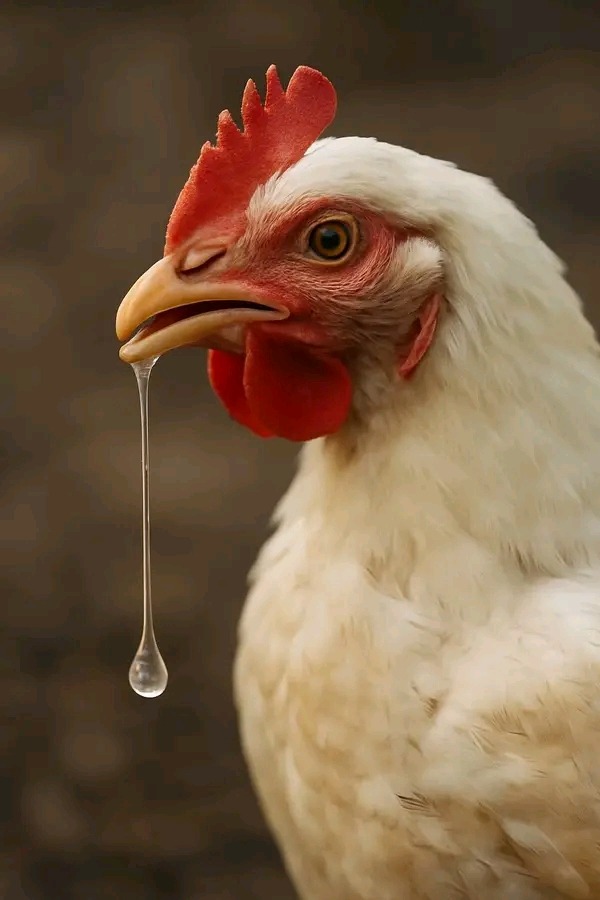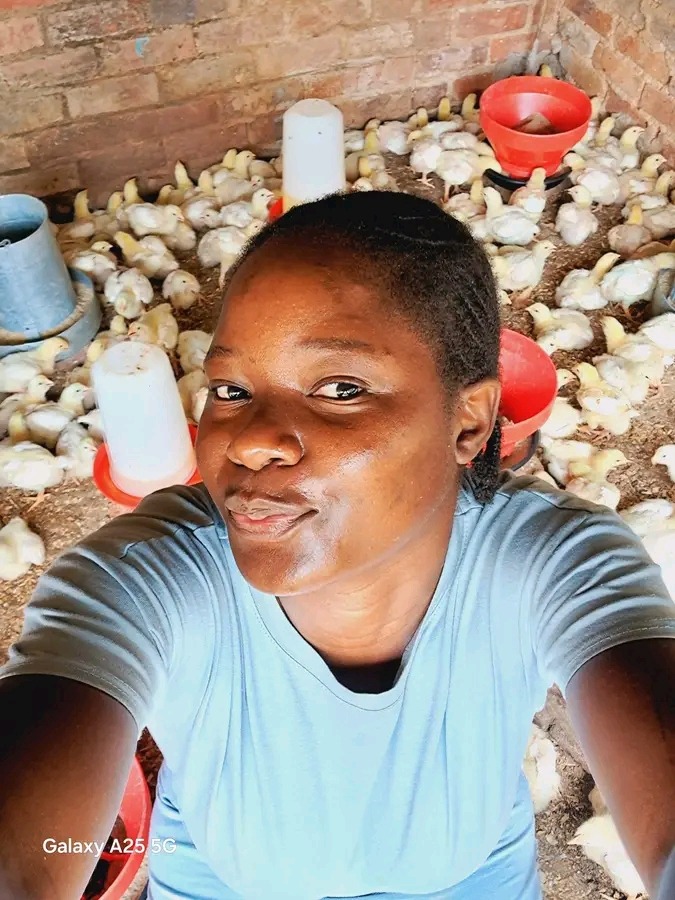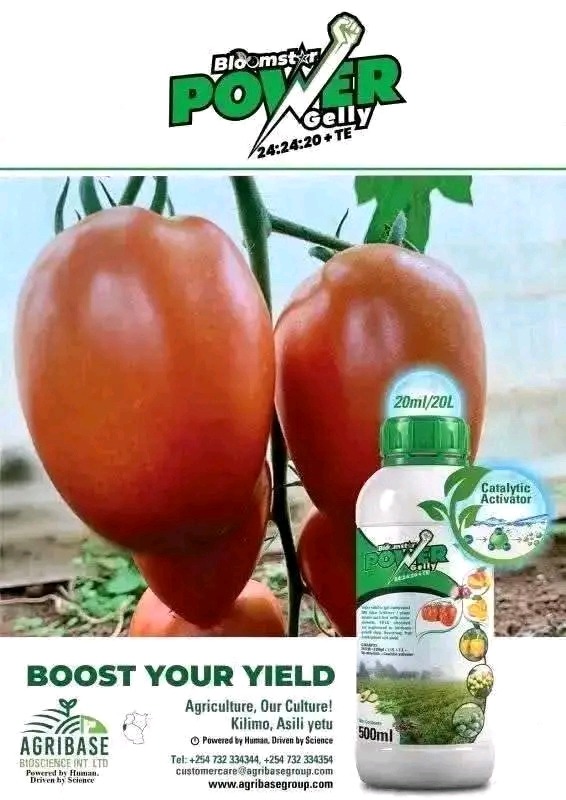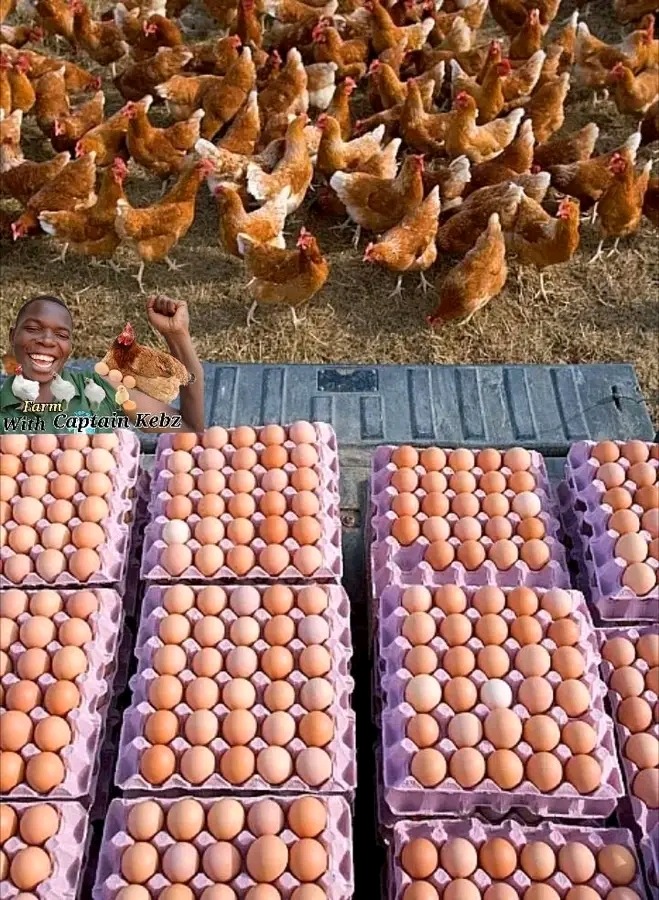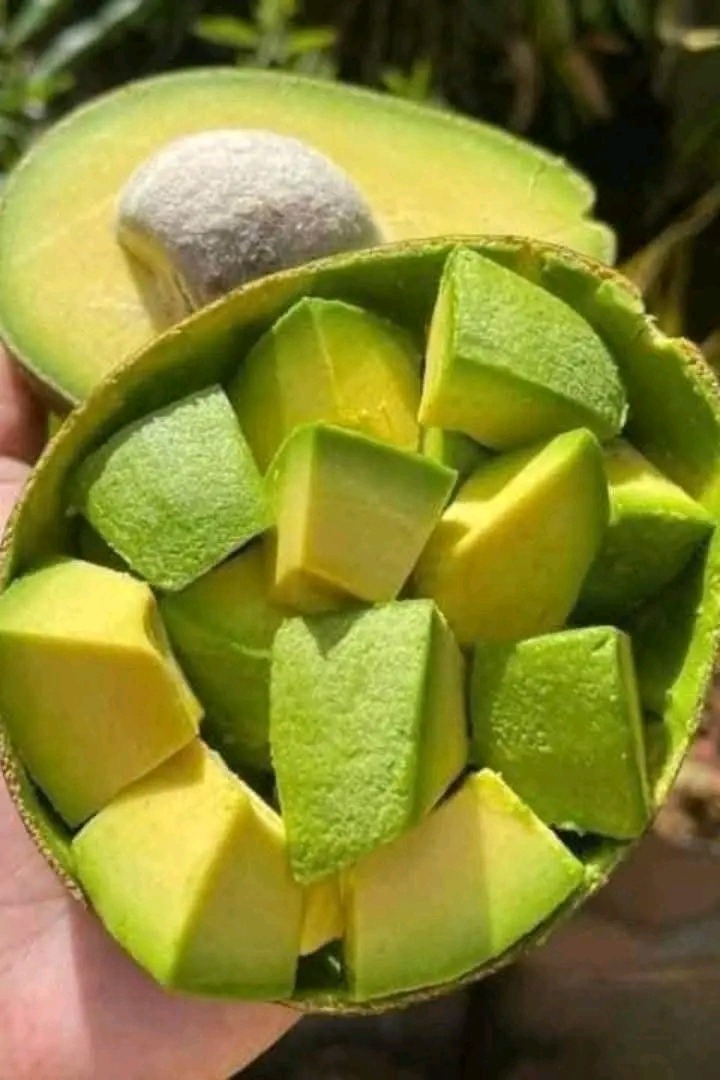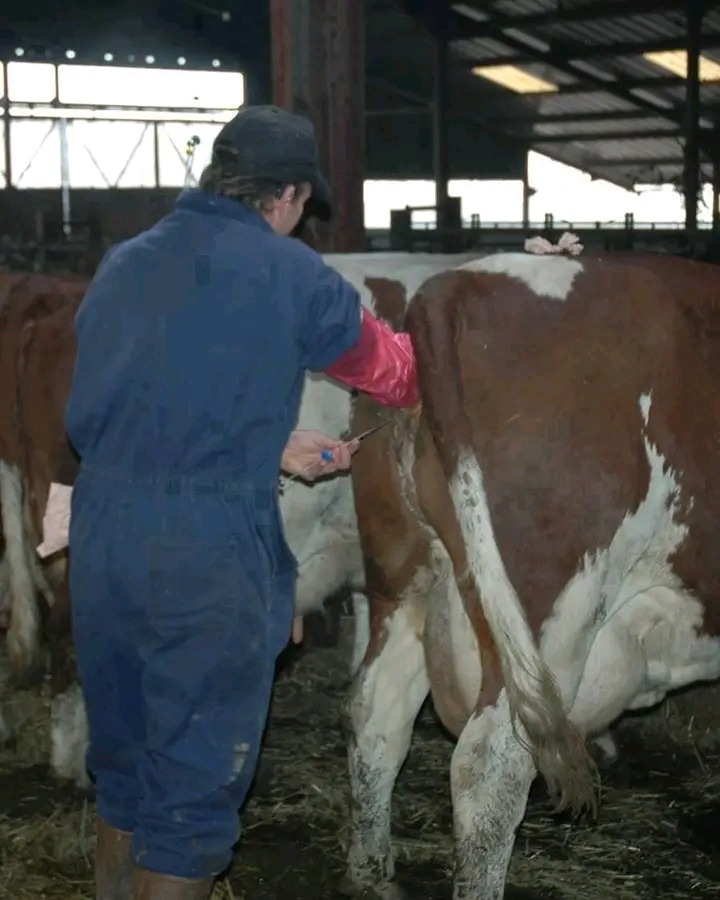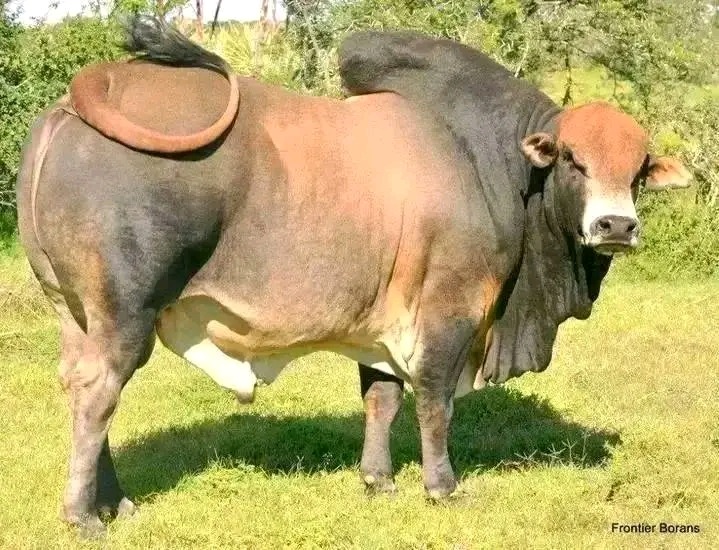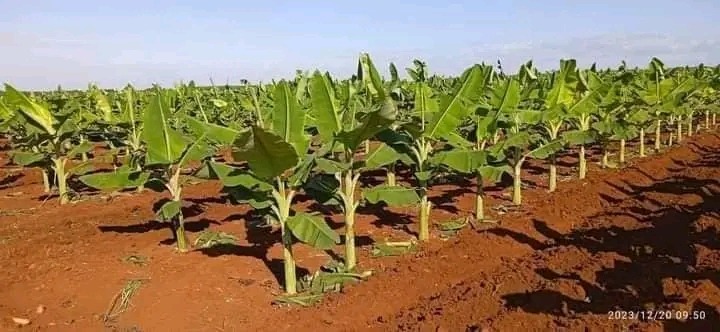
In the First month;
The soil around the plants should be pressed firmly for better and quick establishment of the plants.
Wherever necessary, ‘Gap Filling’ should be done to replace the un- sprouted as well as rotten suckers. Seeds of green manure crops viz., cowpea or sunnhemp are sown.
For additional income and also for effective land use efficiency, short duration crops such as onion, green gram, black gram, beans, radish, greens, marigold and short duration vegetables can be grown as intercrop.
Tomato, chilly and cucurbits should not be grown as intercrop since these crops harbour nematodes and aphids, which act as vector of virus spread.
Second Month
Green manures viz., cowpea or sunnhemp should be ploughed back in to the soil at flowering stage or about 40 days after sowing.
Slight digging and earthing up to keep the weeds under control.
For Fusarium wilt susceptible varieties like Rasthali, Karpuravalli, Ney Poovan, Monthan and Pachanadan, drench the soil around the plant with 0.2% Carbendazim as a prophylactic measure, or
Apply 30g Trichoderma viride or Pseudomonas flourescense along with FYM/compost 1 kg in the soil around the plant as a prophylactic measure for the control of wilt disease.
Third Month
Application of 40g of Carbofuron to control nematodes.
Digging and weeding.
Application of first dose of fertilizers @ 100:300:100 g Urea, Super Phosphate and MOP per plant in basins made about 30 cm away from the plant.
Fourth Month
Application of Azospirillum and phosphobacteria @ 30 g and Trichoderma viride @ 30g along with 5-10 kg FYM plant-1.
There should a gap of minimum 2-3 weeks between the application of chemical fertilizers and biofertilizers.
Periodical removal of side suckers by cutting them above the ground level and pouring 2 ml kerosene at the central core of the sucker.
If any virus affected plants are noticed in the field, remove and destroy it immediately and spray with any systemic insecticide to kill the insect vectors which spread the virus.
Fifth Month
Application of second dose of fertilizers @ 150:150 g Urea and MOP+ 300g neemcake per plant in the basins made about 45 cm away from the plant.
Removal of dried leaves.
Digging and weeding.
To cater the micronutrient need of the plant and to correct their deficiency, apply 50g agricultural lime and 25g magnesium sulphate per plant.
For Fusarium wilt susceptible varieties or areas drench with copper oxide
To prevent the egg laying and further attack of stem weevil, spray ‘Neemosol’ @12.5ml/litre or Chlorpyriphos @ 2.5ml/litre on the stem.
To monitor the corm and stem weevil, 2 ft long longitudinal stem trap @40 traps/acre can be placed at different places. The collected weevils are to be killed using kerosene.
Keep the Banana fields as well as surrounding areas weed free and spray systemic insecticides to control the insect vectors.
Sixth Month
Digging and earthing up of soil around the plant.
Removal of the dried and diseased leaves and spraying of 0.1% Propiconazol (TILT) by thoroughly covering both the surfaces adding wetting agent with the spray fluid especially during winter and cool months for control of Sigatoka leaf spot diseases.
Yellowing of leaves which is a symptom of iron deficiency, spray 0.5% ferrous sulphate + 1.0% urea added with wetting agent on the leaves especially in high pH >8.5 and Calcareous soils.
To correct the deficiency of zinc, spray 0.5% zinc sulphate solution along with wetting agent.
Foliar application of 0.5 Borax is recommended to correct the deficiency.
Apply 30g Trichoderma viride or Pseudomonas flourescense in the soil around the plant as a prophylactic measure to control the wilt disease.
For controlling the stem weevil attack, using ‘Banana Injector’, inject 2ml of Monocrotophos (150 ml Monocrotophos mixed in 350 ml of water) at 2 and 4 feet height on opposite direction.
Seventh Month
Application of third dose of fertilizers @ 150:150 g Urea and MOP per plant in the basins made about 60 cm away from the plant.
Removal of the dried and diseased leaves and spraying of 0.1% Carbendazim or Calixin by thoroughly covering both the surfaces along with wetting agent.
Periodical removal of side suckers by cutting them above the ground level, scoop the core and pour 2 ml kerosene in the core.
Injection of 2ml of Monocrotophos using ‘Banana Injector’ at 2 and 4 feet height for the control of stem weevil.
Eighth Month
After flowering, only one healthy side sucker should be allowed for first ratoon and the remaining suckers should be killed using kerosene or uprooted.
Spraying of 0.1% Indofil by thoroughly covering both the surfaces.
After the emergence of the last hand, the male bud has to be removed leaving about 15 cm stalk from the last hand.
To prevent ‘cigar end rot’ disease, remove the pistil and perianth carefully from the fully emerged fingers and spray the bunch with Indofil M-45 @ 2.5 ml/litre.
Spray 2% Potassium Sulphate (20g/litre of water) solution with surfactant by thoroughly drenching the bunch and cover the bunch with 100 gauge thick white or blue polythene sleeves having 6%ventilation.
Ninth Month:
Thirty days after the first spray, give a second spray of 2% Potassium Sulphate (20g/litre of water) solution with surfactant by thoroughly drenching the bunch.
Provide casuarina pole or bamboo support to the plants for tall and heavy bearing bunches.


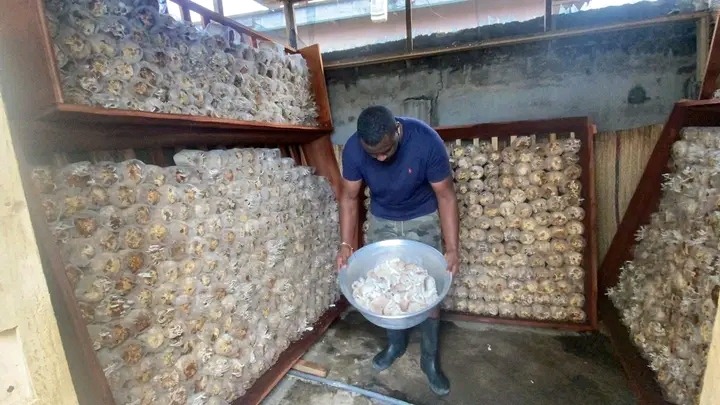
 Here’s a breakdown of the process and potential: Steps in…
Here’s a breakdown of the process and potential: Steps in…



